Bellesguard
One of Antoni Gaudí's least-visited works, an homage to Catalan patrimony that mixes neo-Gothic with Modernista forms.
In Catalán, Bellesguard means “Beautiful View.” In designing Bellesguard, Antoni Gaudí provided Jaume Figueres and his wife with an unrivaled view that stretches to the Mediterranean Sea. Unfortunately, Jaume Figueres never benefited, he died within weeks of agreeing to the work.
It’s difficult to find a vantage point to observe the Barcelona skyline quite as uninterrupted as this. The location, shadowed by the Collserola mountain, was where the last Count of the House of Barcelona lived, protected inside a medieval fortress. Gaudí was determined the new house should complement the remains of the 15th century castle. He even added stones to some of the original walls, five centuries after the House of Barcelona fell.
Set a few kilometers from his most popular works in L’Eixample, the house rarely gets talked about in the same breath as Casa Milà or Casa Battló. However, since 2013, visitors have been able to tour both the grounds and the house, while marveling at Gaudí’s synchronous design of art nouveau and neo-gothic forms.
The 1900 project provided Gaudí with a canvass to celebrate Catalan heritage. He also used it as an opportunity to mourn the loss of influence suffered by the House of Barcelona. It came to a sudden end in 1410 when Martin I, “Martin the Humane,” wasn’t able to secure his illegitimate heir’s accession to the throne. Motifs throughout Bellesguard point to the passing of this dynasty and its maritime influence across the Mediterranean.
To pay homage, Gaudí adorned the house with a cross of four arms, which he colored red and yellow representing the Catalan flag. To give proud expression to his Catholic faith, visitors can see tributes to the Virgin Mary, and a Holy Trinity of windows in the main facade. As visitors enter, an inscription reads, “Maria Purrisima sens pecat fou concebuda,” which means “Purest Mary, conceived without sin.”
The project is best conceived as a poem to Catalunya’s glorious past. On the grounds, the mosaic benches designed in the famed Trencadís technique feature symbols from the Kings of Aragon and that staple of Gaudí artworks, the Cross of St George.
One mosaic bench welcomes the sunrise to the east and one catches the shadows of the sunset to the west. Together with a mosaic image of a fish, the eternal symbol of maritime rule, visitors sense how crucial nationalist identity was to Gaudí. In rendering one part of the house in darker colors to denote Martin I’s death, visitors can sense how saddened Gaudí was Barcelona never enjoyed the same influence again.
Gaudí’s deep personal connection to the project meant his obsessive focus soon frustrated Jaume Figueres’s widow, who by 1909 could no longer afford the works. Work came to a halt and some of the upper levels are still undecorated.
Years passed and during the Spanish Civil War, it’s believed nuns and children came here and burnt wood to keep warm. In 1944, it was bought by a family of medics, the Guilera family. At various points, chemotherapy patients were brought here for treatment, and later, it was used as a gynecology clinic. Music concerts took place in the attic room and further decorations were added to fulfill some of the original promises of Gaudí’s work.
The rooftop view overlooks the Sarrià province, which in 1900 was uninhabited. It allows visitors to observe the key modernist feature of the house, a brick dragon composed of nostrils and eyes where some (but not all) of Gaudí’s windows were installed.
Inside the building, pay special attention to the ceilings. Many of them represent the so-called “Catalan arch,” which uses a structure of overlaid layers of bricks.
He was said never to have visited once the work was completed, with some of his apprentices taking the main responsibility for the mosaics. As the work progressed, he became more consumed with La Sagrada Familia. At Bellesguard, visitors can enjoy his life’s devotion and the twin influences of history and nature, but on a more intimate scale.
Know Before You Go
The walk from the nearest train station, Sarrià, is uphill and can be a quite a bit of exercise, so you may want to instead take a bus closer to Career Bellesguard or a taxi direct if you can.
Tours in English and other languages take place on weekend mornings, the tour in English is worth reserving online in advance and starts at 11 a.m. and runs for an hour. It's recommended. Audio guides are also available.
Private events sometimes take place, meaning the venue can occasionally be closed to tourists, so check in advance.

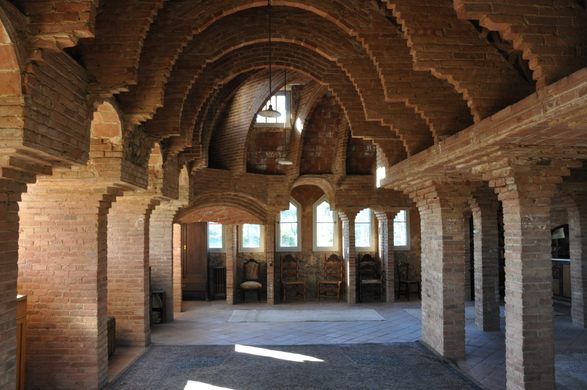

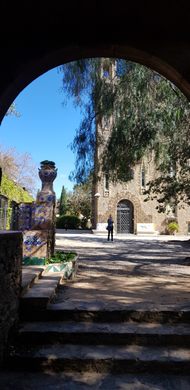
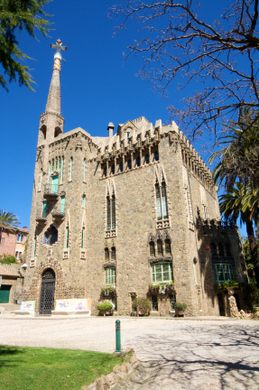
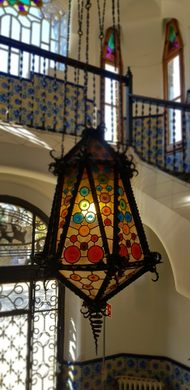





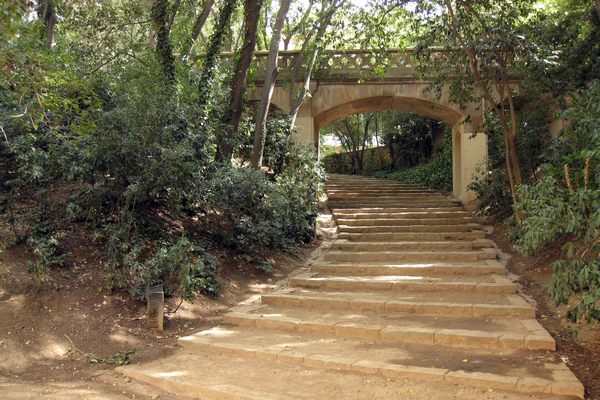

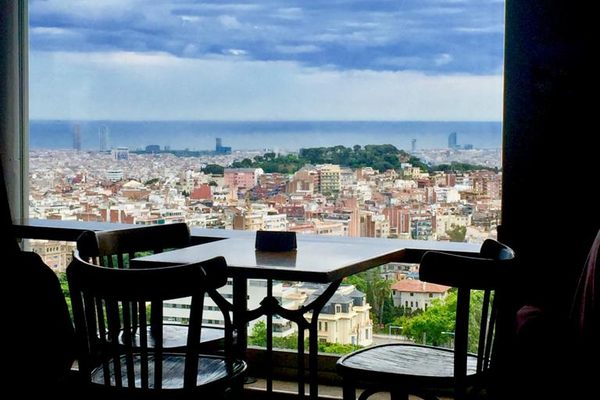



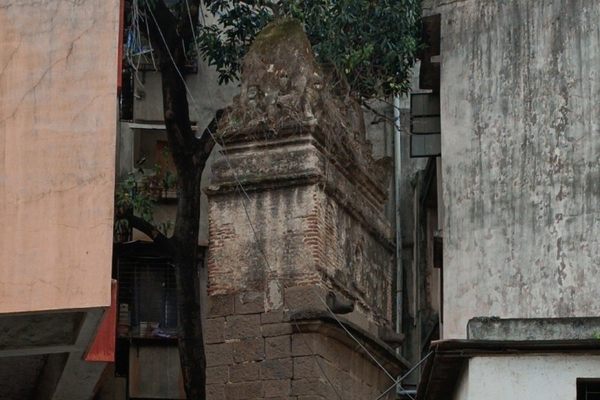

Follow us on Twitter to get the latest on the world's hidden wonders.
Like us on Facebook to get the latest on the world's hidden wonders.
Follow us on Twitter Like us on Facebook